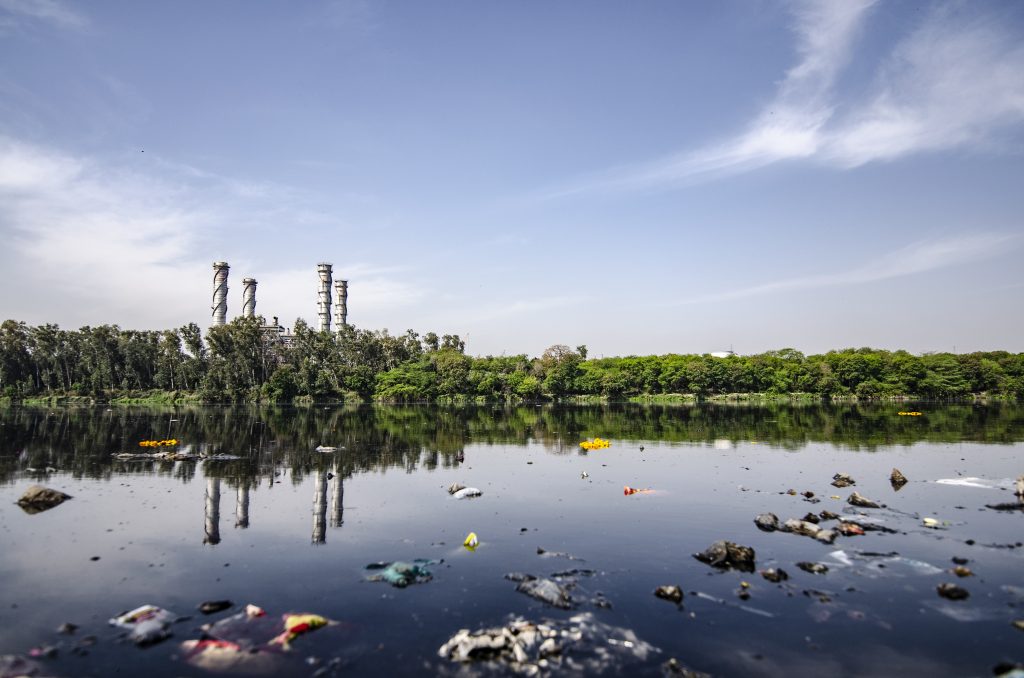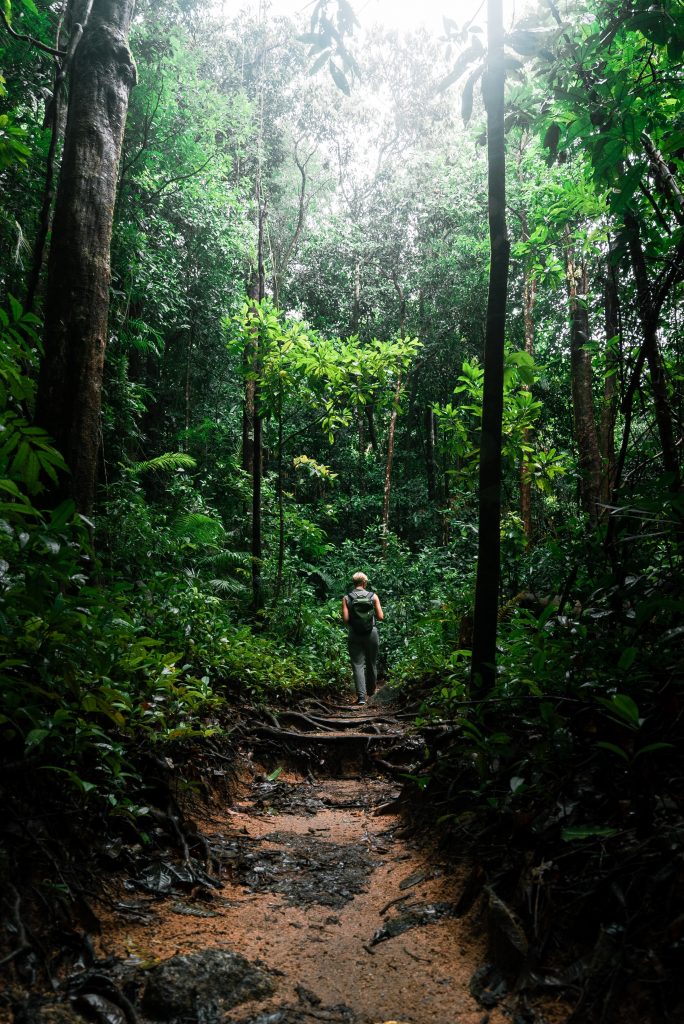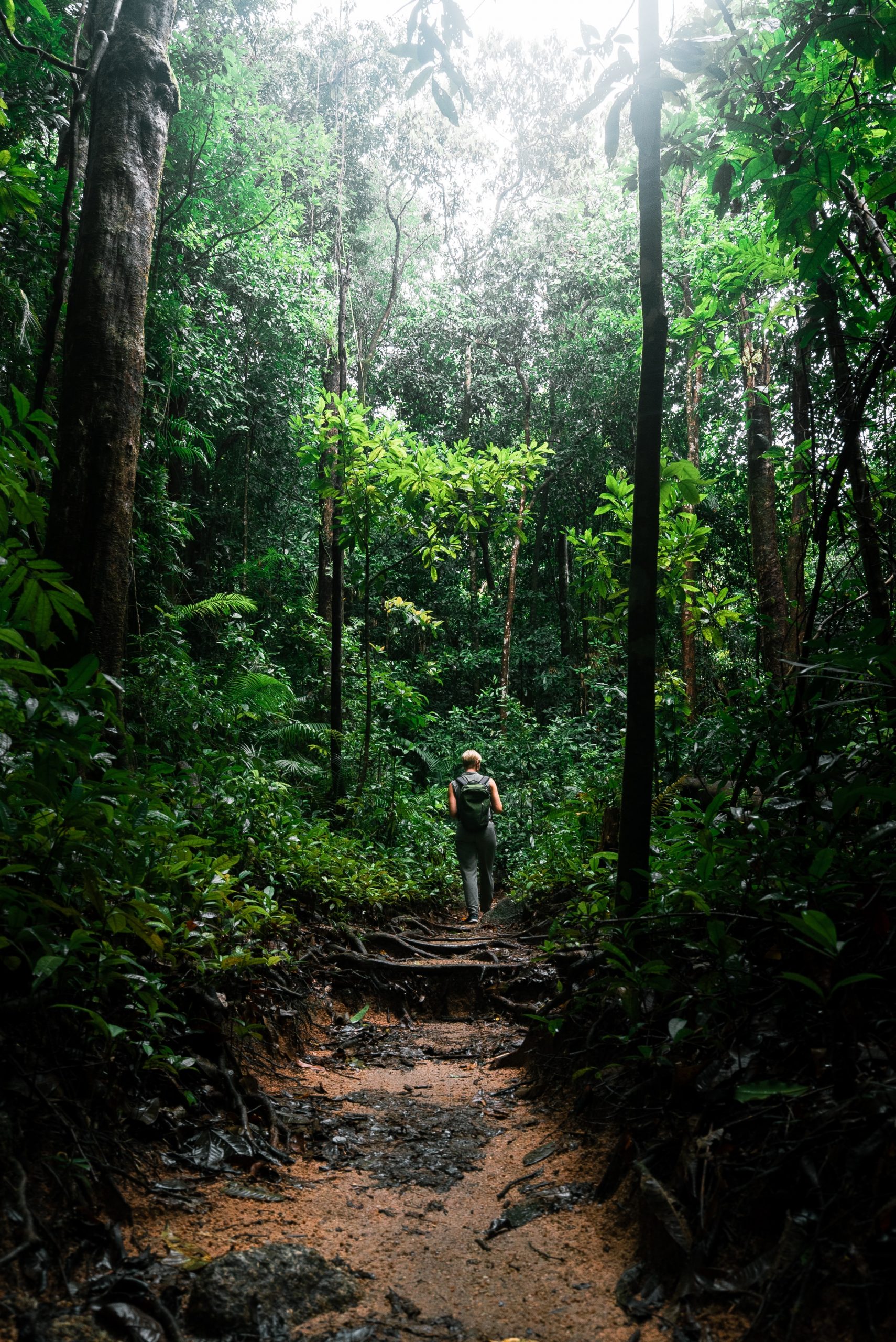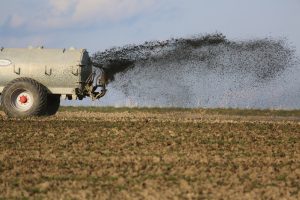Forests occupy about a third of the world’s total surface area, providing vital natural resources to some of the planet’s dense clusters, many of which are the most diverse. They help the endless species, including our own, yet we often seem to ignore that. humans now remove tens of millions of acres of forest land every year, especially in the tropics, allowing deforestation to threaten some of the world’s most important species.
We often take forests for granted, underestimating their value to everyone on earth. which may change rapidly if all disappear, but given that humanity may not be alive to tell the story of that state of affairs, the study would not have been of much benefit at that time. as soon as the ler realized later in Drs. Seuss says “The Lorax,” a problem similar to deforestation depends on negligence. “except a person such as you cares an excessive amount of,” wrote Seuss, “nothing’s going to get any better. it’s long past.”
forget about, on the turn, regularly relies upon on a lack of know-how.To help matters get immoderate in forested areas round the sector, we would all be clever to explore more about wooded area blessings – and share that technology with others. Hoping to lose more light on what forests do for us, and how little we can earn to lose them, here are 20 reasons why forests are so important.
1. They Help Us Breathe
Forests pump the oxygen we need to survive and absorb the carbon dioxide that we exhale (or emit). A mature, leafy single tree is thought to provide daily oxygen for up to 10 people. Phytoplankton in the oceans is very abundant, transmitting 1/2 of the Earth’s oxygen, but forests are still a major source of satisfying air.
2. They are home to about 1/2 of All Animal Species
about 1/2 of the world’s endangered species live in forests, as there are about eighty percent of the world’s biodiversity. the ones species are very wealthy in tropical rain forests, yet forests are abundant everywhere in the international: bedbugs and worms work with vitamins in the soil, bees and birds release pollen and seeds, and key rock species such as wolves and big cats keep hungry predators hungry.
3. includes millions of people
some 300 million people live in the jungle internationally, including an estimated 60 million indigenous people whose survival depends almost entirely on local forests.
4. They Keep Us Cool
by creating a canopy to hog day light, trees also create important oases of shade on the ground. city planks help buildings to thrive, reducing demand for electricity or air-conditioning, just as large forests can cope with difficult tasks such as minimizing the impact of the big city’s “warming up” or controlling local temperatures.
5. Preserve the Cool Earth
logs have another way of combating heat: immerse CO2 to fuel global warming. plants always need less CO2 for photosynthesis, however, the atmosphere of the Earth is now much more dense with more carbon than forests that fight global warming by mere respiration.
6. It rained
large forests can affect nearby climate patterns or even create their own microclimate.The Amazon rain wooded area, for instance, creates a weather that isn’t always conducive to frequent rainfall on close by farms, but possibly even farther away because of our Northern Plains.

7. They will survive the Flood
The roots of the trees can be associated with heavy rainfall, especially in low-lying regions such as river plains. They assist the soil to soak up flooding, lessen soil loss and property damage by using decreasing glide.
8. They absorb Runoff, various protective Ecosystems
At the peak of flood control, groundwater immersion also protects the environment downstream. Modern storm surges are increasingly combining a combination of toxic chemicals, from electricity and grass manure to pesticides and pig manure, which are found in wetlands and later create “useless” areas with low oxygen.
9. Fill Aquifers
Forests are like large sponges, which hold water in place rather than allow it to overflow, but cannot absorb all of it. The water that flows beyond its roots drips into the groundwater, filling the groundwater resources that are important for the use, sanitation, and irrigation of the sector.
10. They block the Spirit
Farming close to the wooded area has many benefits, including bats and songbirds devouring bedbugs or owls and foxes ingesting mice. but tree businesses can act as an air barrier, offering a barrier to wind-resistant flora.
11. They keep the filth in its place
the foundation device of the wooded vicinity stabilizes plenty of the soil, fixing the inspiration of the whole location in wind and water erosion. it no longer works so well that deforestation is disrupting all of that, however, the resulting erosion can lead to new, life-threatening problems such as landslides and dust storms.

12. Sprinkle Dry soil
similarly, in order to keep the soil in place, forests may use phytoremediation to reduce certain contaminants. Trees can remove debris or degrade them so that they are less harmful. this is a useful talent, which allows logs to absorb sewage, road spills, or infected flow.

13. They Clean The Dirty Air
Forests can lessen air pollutants to a massive volume, now not simply CO2. logs soak up numerous types of air pollutants, which include carbon monoxide, sulfur dioxide, and nitrogen dioxide. within the U.S. alone, urban timber are predicted to value 850 lives in keeping with 12 months




